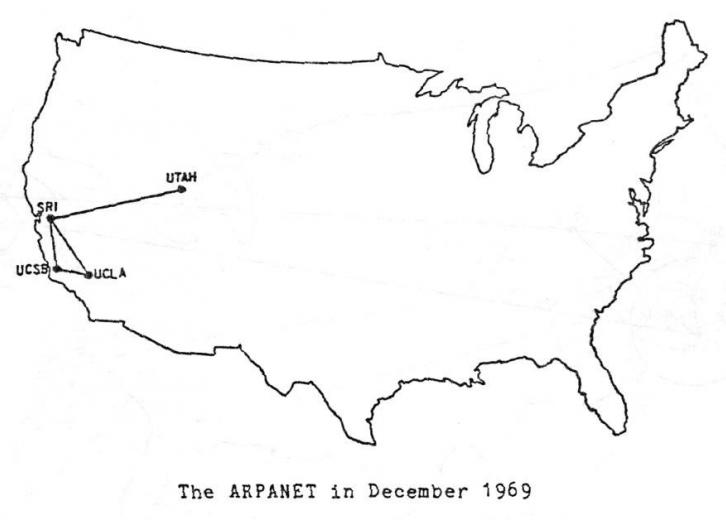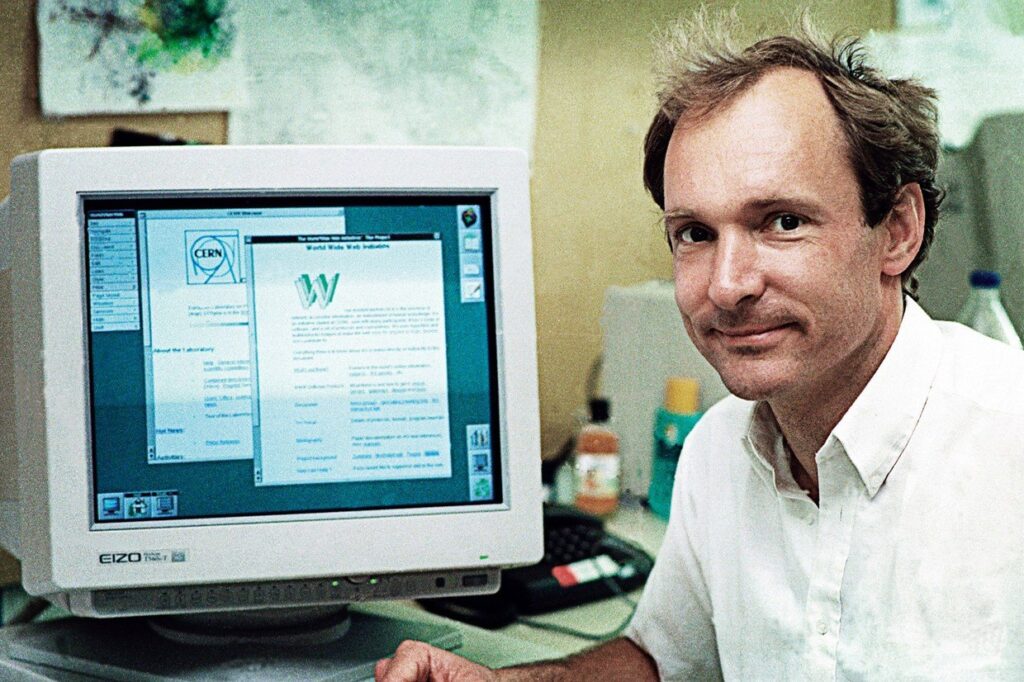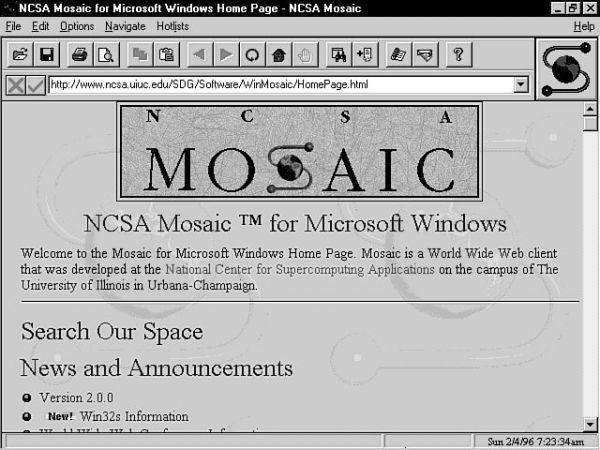The history of the internet began as an experimental tool created due to the cold war that exists between the United States and Soviet Union. The cold war started shortly after World War II, around 1947 as a result of the deep ideological, political, and economic difference between both countries after emerging as the two dominant superpowers.
Communication at that time was centralized and America was really concerned because a destruction of a single node would cut off the entire network, so a decentralized system was sought out as a solution to surviving potential attack from the Soviet Union.
Driven by its initial desire to create a decentralized communication network that can resist attacks or major interruption during the cold war, it has today evolved into becoming an advanced technology that has improved global communication. But how did this happen? This we intend to uncover.
Early Foundation on The History of the Internet
The United States quest to create a decentralized communication network that continues to function perfectly even after surviving a nuclear attack should any occur led to the establishment of ARPANET (Advanced Research Projects Agency Network) which began as initiative by the United States Department of Defense in 1969.
Research and development began which eventually led to the creation of a network that adopted a method for breaking data into small packets and then send them independently across different routes before reassembling them at their final destination. This they called packet-switching.

In October, 1969, the first ARPANET communication happened between UCLA and Stanford Research Institute
How was packet-switching created?
Leonard Kleinrock, an American computer scientist wrote and published a paper in 1961 on how to use queuing theory for packet switching in his doctoral thesis. He used it to model how data would flow over communication networks, explaining that breaking data into small packets which could be processed separately, would lead to more efficient and buoyant data transmission particularly during high network traffic.
In 1964, a Polish-American named Paul Baran while working at RAND Corporation introduced the concept of distributed networks and packet-switching as a solution to the already existing communication system that was prone to a nuclear attack. This he claimed would function even if the network is partially destructive. He published a series of reports title “On Distributed Communication” to describe his idea.
While all these were happening, Donald Davies was also working independently on the idea of packet-switching at the National Physics Laboratory in 1965, with a focus on improving computer-to-computer communication. Donald, alongside his team built the first practical implementation of this concept in the United Kingdom, demonstrating how packets could be successfully routed through a distributed network and reassembled at the destination.
And so in 1967, he presented it at a conference which caught the attention of Larry Roberts, one of the lead developers at APARNET. They integrated key aspects of Donald Davies work into their design for APARNET, leading to significant achievement in the history of the internet.
Development of Networking Protocols
Moving on to the 1970s, another huge problem arose that required an urgent solution. What was this problem? Well, the breakthrough achieved with packet-switching allowed for distributed networks which soon became an issue.
Different networks were built using incompatible technologies, protocols, and architectures. They were also designed with distinct rules for data to be transmitted, formatted and routed. As a result of these, it was challenging for different types of networks to communicate hence the need for standardization.
This eventually led to the development of the Transmission Control Protocol/Internet Protocol (TCP/Internet Protocol) suite to help standardize how data is transmitted over the internet. This became possible as a result of the collaboration that happened between Vinton Cerf and Robert Kahn.
Their co-designed work in 1973-1974 enabled the creation of a scalable, robust and fault-tolerant method for data transmission, which enabled different networks to communicate with each other. This was a huge progress in the history of the internet because it ended up laying the groundwork for modern internet, becoming the fundamental protocol of today’s internet.
By 1973, ARPANET expanded internationally, having nodes in the United Kingdom and Norway. In 1976, Queen Elizabeth II became the first head of state to send an email during her visit to the Royal Signals and Radar Establishment (RSRE) in Malvern, England. This also demonstrated the potentials of electronic communication and its importance.
The Birth of the Internet
The 1980s marked a remarkable era in the history of the internet. After ARPANET officially adopted the TCP/IP in 1983, it began to expand to becoming more than just a single network, so it was divided into MILNET to cater for military use while ARPANET remained connected for government and academic purposes.
As the network continued to expand, it soon became clear that creating a system that would enable human-friendly names to be mapped with numeric IP addresses was necessary. This was to allow users easily recall the website they want to access rather than the complex IP numbers.
In 1984, an American computer scientist named Paul Mockapetris created the Domain Name System (DNS) to make it easy for users to connect to websites like Google with domain name extensions like .com, .net, .org, .edu etc. rather than using long numerical IP addresses. This was a huge progress in the history of the internet because it made the internet user-friendly.
The Invention of The World Wide Web
The growth of the internet kept increasing and expanding but it was still being used mostly by researchers and government agencies. The most significant leap in the history of the internet however occurred when the worldwide web was invented in 1990 by Tim Berners-Lee.

Tim Berners-Lee
Tim’s reason for inventing the worldwide web occurred as a result of the problem he discovered while working as a software engineer at a research institute called CERN (European Organization for Nuclear Research).
He noticed that scientist and researchers were having a hard time sharing and accessing data across different systems and networks efficiently. There was also no standardized method to link and access documents on different computers.
Tim Berners-Lee then taught of an idea of creating a unified communication space that would make global communication possible. In March 1989, he wrote a proposal titled “Information Management: A Proposal” were he described a system that would enable documents to be saved, retrieved, and linked together via the internet using hypertext.
In 1990, Tim Berners-Lee and Robert Cailliau refined his proposal and then changed the title to “WorldWideWeb: Proposal for Hypertext Project.” They began working on it alongside others and by the end of 1990, the fundamental components of the Word Wide Web were ready, it included:
- HTML (Hypertext Markup Language) – for creating and formatting webpages
- HTTP (Hypertext Transfer Protocol) – for transmitting document over the network
- URL (Uniform Resource Locator) – for addressing documents on the web
The first website (info.cern.ch) was hosted on a server and went live; it was launched alongside a web browser which they called WorldWideWeb before later changing its name to nexus. All of these happened in 1991, making it a remarkable moment in the history of the internet.
By 1992, the web became accessible to the public for the first time, allowing for sharing of documents via hypertext. It was also being used by people outside of CERN and became more popular when Mosaic web browser (later called Netscape Navigator) was launched in 1993.

Mosaic web browser
Microsoft also joined the scene, releasing the Internet Explorer browser in 1995. Aside developing browsers for the web, search engines were also emerging to help users find information conveniently. Yahoo created one for the public in 1994, Atla Vista in 1995 and Google in 1998.
Dot com Boom and Bust (Late 1990s – Early 2000s)
As we moved into the late 1990s, the adoption of the internet for commercial purposes surge which eventually led to the creation of several companies like Amazon (founded in 1994), eBay (1995) etc. The period is often called the dot-com boom.
The early 2000s witnessed the reversal of that boom where many internet-based companies failed. This era was called the dot-com burst. Despite the bust, the internet continued to increase and spread to reach more people.
The Rise of Social Media and Web 2.0
The internet soon became more interactive, user-driven and social, ushering us into the era of Web 2.0 in the history of the internet. Websites were no longer static but interactive; it was during this period that the creation of social media platforms began to rise.

Platforms like MySpace (2003), Facebook (2004), YouTube (2005), Twitter (2006) etc. were developed and succeeded in transforming how people communicate, share and consume media contents. E-commerce activities also experienced significant growth, with platforms like PayPal and Amazon growing to becoming one of the dominant players.
Mobile Internet and the App Economy (2010s)
The 2010s pivoted us into another era in the history of the internet as we witness the rise of mobile internet and the app economy; this of course was driven by the launch of the iPhone in 2007 and android smartphone in 2008.

More people began to access the internet than they did with mobile phones in the 1990s, this was due to the fact that smartphones had more capabilities. We soon began to hear words like apps otherwise called mobile applications become popular.
New social media platforms also came up, platforms like Instagram, Whatsapp, Snapchat, and Tiktok soon gained popularity and majority of the businesses across the globe began to optimize their services for the growing mobile audience.
Cloud computing services from companies like Dropbox, AWS and Google Drive began trending too, offering businesses and individuals facilities that would allow for storing, processing and retrieval of data on the internet.
Internet of Things (IoT) and the Future (2020s and Beyond)
The expansion of Internet of Things (IoT) and the development of 5G networks have brought us into a new era that is not only improving our everyday living but also advancing other fields. Already, the internet is being connected to appliances, cars, wearable’s etc. leading to the development of advanced technologies like self-driving car, smart cities and robots.
New technologies like blockchain, artificial intelligence, quantum computing and 6G are expected to transform the internet in years to come. You know, making it more efficient, secure and powerful as well.


